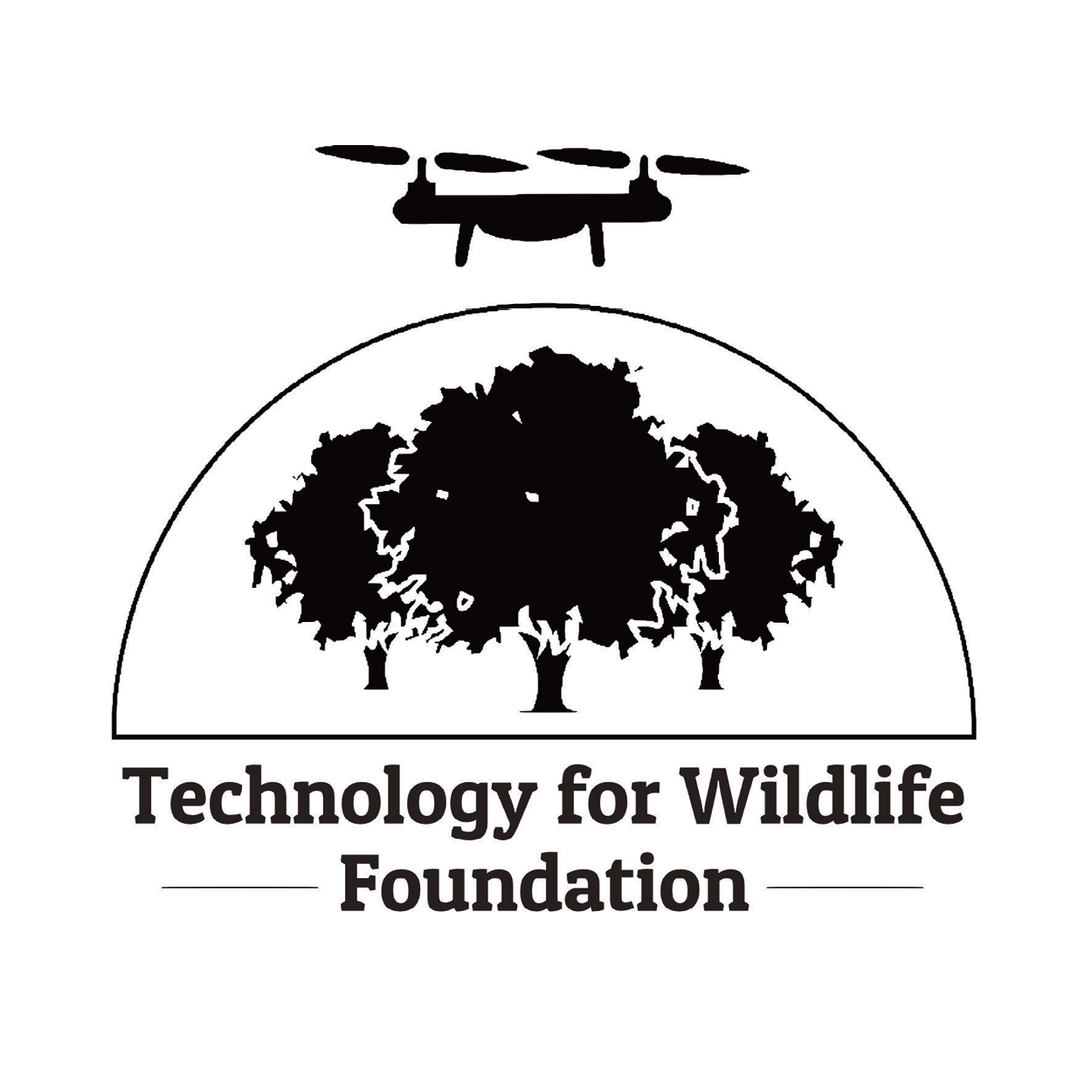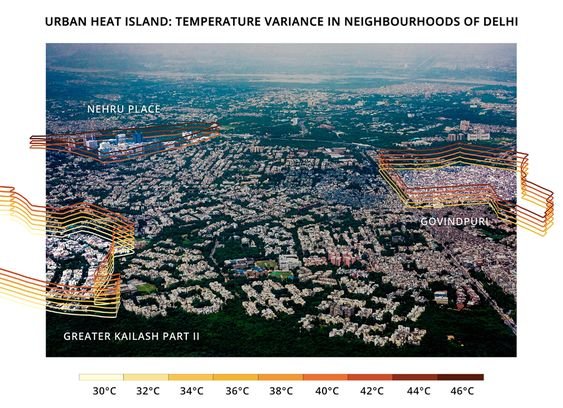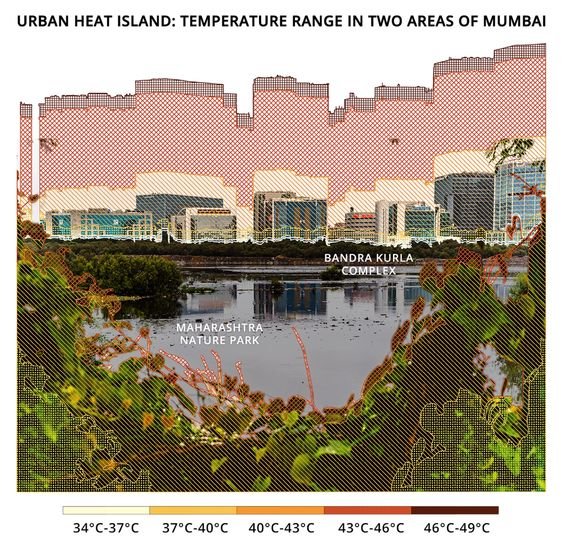The following article authored by Pakhi Das, Shashank Srinivasan, Nancy Alice, Ashwathy Satheesan, Nandini Mehrotra and Anand Srinivasan was first published as ‘The PARIVESH Portal: Pros, Cons And How To Use’ by Sanctuary Asia on 03rd August, 2022.
Until July 15, 2014, the process for any development project to obtain a green clearance in India involved several stages - the circulation of physical project files between different officials at multiple stages of approval. File access was limited to the government, the applicants seeking green clearances, and the authorities granting approvals. Moreover, the complex nature of clearance processes and the lack of accountability created a lack of trust in the process.
To remedy this and to ensure better transparency and efficiency in the clearance process, the Ministry of Environment, Forest and Climate Change (MoEFCC) has established the PARIVESH website.
PARIVESH stands for Pro-Active Responsive facilitation by Interactive and Virtuous Environmental Single-window Hub. It is a web-based, workflow application that has digitised the entire process of submission and monitoring of Environment, Forest, Wildlife, and Coastal Regulation Zone (CRZ) Clearance proposals submitted by proponents to the Central, State, and District Level authorities. The portal allows project proponents to register themselves and submit applications for various green clearances in digital formats. Although seemingly designed for project proponents, PARIVESH has become a valuable resource of collated information that is open for viewing by the general public.
There are currently more than 10,000 land-use proposals submitted for clearance at the MoEFCC in India, ranging from the construction of multi-state national highways to the establishment of small-scale cottage industries. Various government officers and committees are assessing the potential impact of these proposed projects before granting approval.
The Benefits
The PARIVESH website hosts an enormous amount of information about all old and new projects seeking green clearances, organised by state, year, category and stage of approval. The information comprises spatial data regarding the outlines of the project site location and alignment, the area of forest land being diverted, site inspection, and biodiversity assessment reports. Such information is of immense value for conservation and is freely available on the portal.
Using the appropriate search functions, project information concerning any given project is available for viewing or, in some cases, even downloading. The portal also hosts details of discussions of various expert committees through the agenda and meeting minutes, allowing people from outside the system to view and analyse the processes that ultimately affect India’s wildlife and environment. All the relevant information is presented as an application package with downloadable file attachments, which could prove beneficial for conservation research and advocacy. The quantity and variety of information on the portal make it a treasure trove for anyone and everyone interested in the green clearance space of India.
Information that can be found on the PARIVESH website about any development project in India:
1. Area sought for clearance
2. Project cost
3. Spatial information about project location in KML (Keyhole Markup Language) format, details of the land required for clearance such as forest division names, area of forest and non-forest land, village and district wise breakup of the total proposed land, etc.
4. Details of Project Proponent/User Agency
5. Cost Benefit Analysis undertaken
6. Status/links to associated environmental or wildlife clearance (if any)
7. Project plan/ feasibility reports/ site inspection reports
Non-user Friendly Interface
While introducing PARIVESH for digitising the green clearance process in India helps to bring about transparency and accountability in the system, the portal is not user-friendly and is cumbersome to navigate.
The system should be able to streamline important projects and allow easy access to relevant information however, most of the files are not appropriately tagged, making the search options unreliable. To be able to ‘find’ specific projects within a timeframe, the user must know specific project details such as the exact name of the project, project file number, and the clearance level.
Additionally, green clearances are complex processes and involve multiple levels of reviews and recommendations from various government departments. These processes are broadly divided into three clearance verticals, namely Environmental Clearance, Forests Clearance, and Wildlife Clearance. Each of these verticals has its own set of processes and organisation hierarchies that the project file must circulate through at the level of first the state and then the centre. In the instance that a user is able to trace the details of a particular project on the platform, comprehending what stage of approval that project could be at and what that stage of approval entails is a task in itself.
Problems with the PARIVESH website
1. Low Discoverability: Navigating through the PARIVESH portal is complicated as information is not organised uniformly across types/categories and sometimes even regarding regions.
2. Decision Fatigue: Because of the structure of the portal, too many steps are involved in obtaining a particular project’s information
3. Inappropriate Project Tagging: Proposals, projects or additional attached documents are not appropriately tagged, which makes finding them using the search function cumbersome.
4. Complexities of the Clearance Processes: The complexities of the clearance processes and organisational hierarchies make access to information additionally difficult. The portal does not describe the various stages of approval under different clearances.
How Can This Be Improved?
For effective conservation advocacy, knowledge of potential areas of intervention is crucial, which makes a clear understanding of what happens at each level of approval imperative.
Simple features, such as an option to view projects cumulatively across the clearance types, or to view projects on a spatial platform, would increase the efficiency of the portal manifold. The dashboards for different types/verticals of clearances use abbreviations for the stages of approval with no description of what those abbreviations stand for nor what each of those stages entails, thus creating a limitation in the understanding of the clearance procedures altogether. Furthermore, there is a lack of features that would allow users interested in specific projects to subscribe or receive notifications for any updates on the approvals.
PARIVESH, although perhaps designed for project proponents seeking clearances, has been a useful portal for other stakeholders. The inclusion of features such as these would revolutionise accessing vast amounts of publicly available data for all stakeholders and will allow them to be more involved.
To truly achieve the goal of increased transparency and efficiency in the green clearance process in India, providing better access to information is key. India has a growing population of aware citizens from an array of backgrounds and a better system would greatly empower them to play an active role in determining the future of the environment, forests, and wildlife of the country.





















